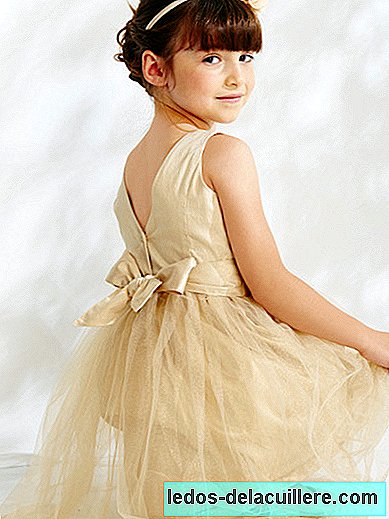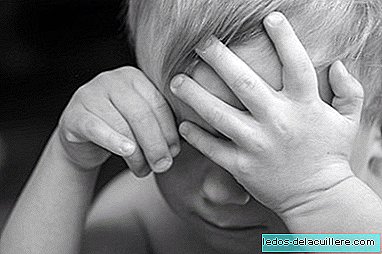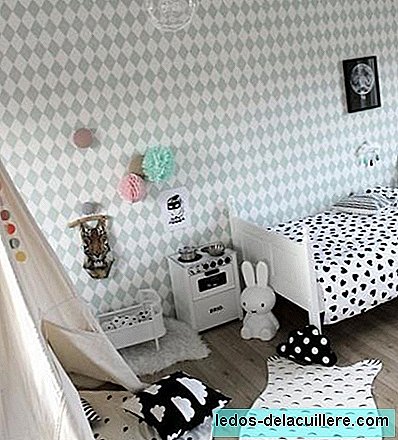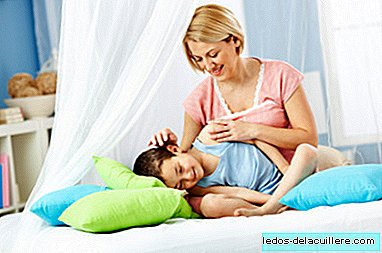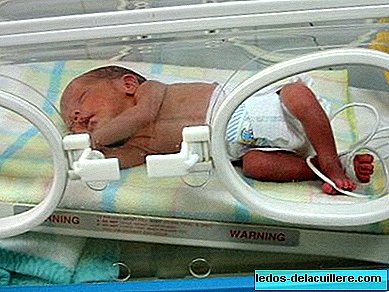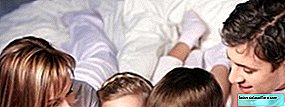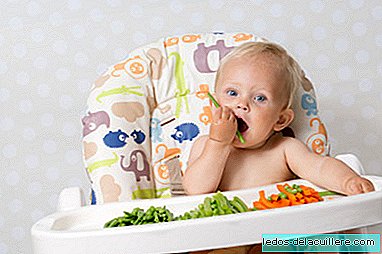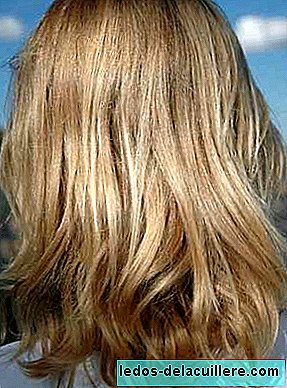
The hot seasons are conducive to the appearance of the much hated lice. As well as at the beginning of the school year, when warm spring days begin, we meet again face to face with pediculosis, or lice infestation.
Today there are all kinds of pediculicide treatments, some more effective than others, so lice sometimes do not disappear, a situation that ends up despairing more than one mother.
In this post we will comment what can we do to fight lice and so that they disappear definitely from the heads of our children.
It is essential to know how to act to properly treat lice infestation and thus avoid new outbreaks. Then a practical guide against lice for mothers on the verge of a nervous breakdown.
Keep calm and common sense
There are parents who despair when they learn that their child has lice. It is important to know that lice infestation has nothing to do with poor hygiene, with the length of the hair, with the hairstyle nor is it a disease.
It is also not necessary to shave or cut children's hair, and in no way use products that can be toxic or dangerous such as gasoline or bleach.
In these cases you have to be practical, inform yourself and act with decision and common sense.
Know and recognize the enemy
In order to eliminate them effectively we must first know what lice are like and eliminate false myths. There are mothers, like me, who did not see a louse in their life until they met him walking through the heads of their children.
Head lice are nasty bugs (because they can't be said to be pretty). They are parasites that feed on human blood and need the heat of the body to live. They measure between 2 and 3 cm, are elongated, have no wings, have 6 legs (2 on the head) and their color is grayish brown. By sucking the blood, it injects a toxin that causes itchy head although some children are asymptomatic.
They live around 30 days in the head, but only two days. at most, out of it. Each female louse can lay 200 eggs throughout its life (an average of 6 per night), which are what we know as nits. They are light brown and when they are alive they stay less than half a centimeter from the root of the hair.
The larvae hatch from the egg at seven days and it will take another week to become adult lice.
Lice are transmitted from person to person, by direct contact of the heads. Also through combs, pillows, hats, pigtails, etc. They do not live in sandboxes, nor in grass, nor in domestic animals.
Remove lice and nits
As soon as we detect a louse on the head of our children, we must apply some type of treatment.
The most common is that in the pharmacy we recommend a pediculicide with permethrin or phenotrin, pesticide solutions indicated to combat lice not recommended for children under 2 years. But these products are not as effective. In fact, it is estimated that 80% of the lice population has become resistant to these insecticides. That is, the lice survive their application by making parents spend good money buying them and serve for little, or for nothing.
We have recommended on some occasion in the blog to treat lice with home remedies such as oils or natural substances capable of killing lice by suffocation. There is a product sold in pharmacies with coconut oil and anise that has a strong smell and is applied as a spray on the child's head.
It has given me a good result, for now, but it is important not to forget to repeat the treatment a second time a week or 10 days as indicated in the product instructions.
Vinegar, has to be apple, is a classic to fight lice. On the web Mothers against lice, which has helped me a lot in my fight against unwanted guests, we talk about preparing a glass of vinegar and the same amount of hot water (without boiling), putting it in my hair, putting on a hat, letting it act two hours, wash the head and pass the fine comb. A treatment with baby oil is also recommended as very effective.
The truth is that one of the best ways to combat them is to frequently check the head, especially at the most active times of the year, looking well in the area of the neck and behind the ears, the sites preferred by lice.
A safe investment is to buy a good fine comb with metal teeth, known as nits (the one I found best was the Assy brand). They are not cheap, but it is worth it, because another effective way to combat lice is to spend every day the fine comb lock by lock to eliminate lice or nits that could have been left alive after applying the treatment.
Once removed from the head you have to remove them from other places where they can survive a day or two. The bed linen, sheets, pillowcases, cushions, towels and clothes with which the lice could have contact have to be washed with hot water. The stuffed animals can be one of them, so it is convenient to wash them or place them in a bag and leave them there for 10 days.
To prevent
Once we have applied a treatment to kill the lice we must be very cautious with the prevention because in a few days the unwanted bugs will appear again.
When there are no more signs of lice or nits on the head, it is also convenient to check and pass the comb at least once a week. The most advisable thing is to wash the hair, apply abundant rinse cream to facilitate the task and pass the comb thoroughly insisting on the most conflictive areas of the head.
Apple cider vinegar is a good preventive method against lice because vinegar vapor suffocates lice. After each wash apply a part of vinegar for two of water in the hair and do not rinse.
In girls, they should avoid going to school with loose hair because this facilitates contagion. Each child should have their own towel, their own brush and their own hair accessories.
There are spray repellents for lice but their toxicity is in doubt. In the herbalists you can find some special oils to keep the lice at bay.
There are also products such as daily use shampoos that contain Quassia Amara, a tropical plant used as an insecticide to repel lice.
We should try to make our children's hair as unattractive as possible for lice. We can do it by applying a good amount of softener, if without creams that are rinsed, better, using jelly beans or spraying the children's head with perfume or cologne.
When can you go back to school
Today the treatments eliminate the lice on the same day, as long as we pass the fine comb to end any lice or nits that may have been left alive. Each school has its own rules of action in the event of a case of pediculosis, however most of the official Public Health documents "consider it reasonable for children not to interrupt their attendance at school."
What we should do as parents is to ensure that the child returns to school clean of lice, repeat the treatment at 7/10 days and act preventively by passing the fine comb with some frequency.



